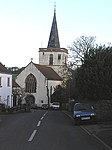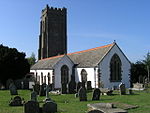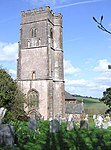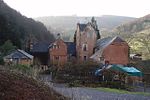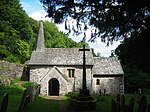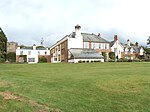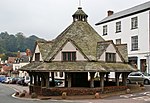Grade_I_listed_buildings_in_West_Somerset
West Somerset is a local government district in the English county of Somerset. In the United Kingdom, the term listed building refers to a building or other structure officially designated as being of special architectural, historical or cultural significance; Grade I structures are those considered to be "buildings of exceptional interest".[1] Listing was begun by a provision in the Town and Country Planning Act 1947. Once listed, severe restrictions are imposed on the modifications allowed to a building's structure or its fittings. In England, the authority for listing under the Planning (Listed Buildings and Conservation Areas) Act 1990[2] rests with Historic England, a non-departmental public body sponsored by the Department for Digital, Culture, Media and Sport; local authorities have a responsibility to regulate and enforce the planning regulations.
The district of West Somerset covers a largely rural area, with a population, according to the 2011 census, of 35,300[3] in an area of 740 square kilometres (290 sq mi).[4] The largest centres of population are the coastal towns of Minehead and Watchet. The council's administrative headquarters are in the village of Williton.
There are 33 Grade I listed buildings in West Somerset. The oldest is either Culbone Church, one of the smallest churches in England,[5] and pre-Norman in origin,[6] or Tarr Steps, which may originate in the Bronze Age, although other sources date them from around 1400.[7] Dunster has the greatest concentration of Grade I listed buildings, including Dunster Castle, which was built in 1617 on a site which had supported a castle for the previous 600 years;[8] the Yarn Market, which was built in 1609;[9] Gallox Bridge, which dates from the 15th century[10] and the Priory Church of St George which is predominantly from the 15th century but includes part of the earlier church on the same site.[11] Other sites include manor houses such as the medieval buildings at Nettlecombe Court[12] and Orchard Wyndham.[13] Somerset has many religious structures, most of which are from the Norman or medieval eras. Some of the churches are part of the Somerset towers, a collection mostly spireless Gothic church towers.






